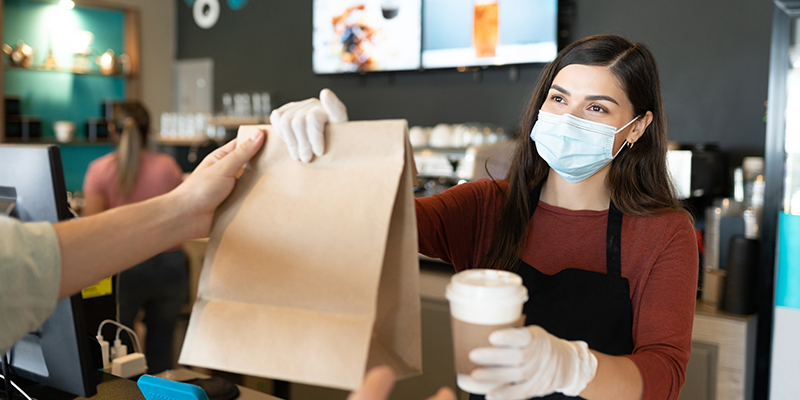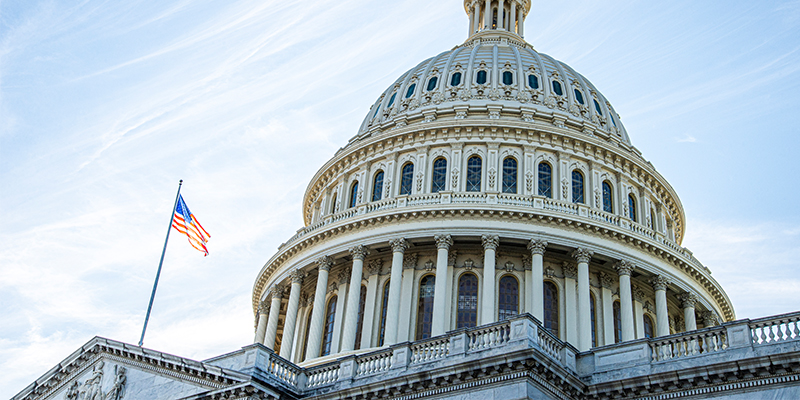If nothing else, 2020 taught us that we can all adapt to changing conditions and learn how to navigate through radical shifts in how we function day to day. This is the case not only for individuals and families but also for businesses. Millions of business owners and managers were forced to radically reinvent their business models to remain solvent during the COVID-19 crisis. This is especially true of the restaurant industry, which is rapidly accelerating new and pre-existing trends.
Stay-at-home regulations, social distancing and public apprehension have forced restaurants to shift their models significantly to focus on delivery and carry-out to stay profitable. Fortunately for many establishments, this quick-service restaurant trend had already emerged pre-pandemic. Restaurants that had already embraced this shift were better positioned to weather the storm produced by COVID-19.
For decades, the food delivery space was dominated by pizza, but in recent years delivery apps rapidly grew in popularity, making it possible to have meals delivered from a variety of restaurants. Southwest Florida-based Grub Cab, now part of Bite Squad, began delivering from restaurants in Fort Myers more than a decade ago, and has since been joined by national competitors like Grubhub, DoorDash and Uber Eats. Cushman & Wakefield corporate research indicates that digital ordering and delivery have been growing 300 percent faster than dine-in traffic since 2014 — and that trend is unlikely to slow in our “new normal.”
This paradigm shift shouldn’t be surprising, as we’ve seen a similar trend developing in retail for years. Omnichannel ordering and engagement — activities such as ordering online for in-store pickup — have redefined big-box retail and even automobile sales models. It only stands to reason that this template would eventually carry over to the dining industry.
“Today’s world is all about convenience,” explained Matt Ashman, Cushman & Wakefield’s head of London leisure and restaurants. “Increasingly more customers, especially millennials who represent a growing proportion of the consumer population, want to consume their favorite foods whenever and wherever they want.”
A shift to omnichannel dining doesn’t occur overnight, and restaurants that weren’t prepared to shift their business model likely learned some tough lessons during the early months of the pandemic. In many cases, restaurants have needed to remodel to be able to simultaneously offer delivery, pickup and dine-in options. Delivery drivers need designated spaces, carry-out customers need a dedicated pickup area, and in-person diners wish to dine uninterrupted by the change in workflow. In some cases, specialized equipment, technology, physical remodeling and plumbing or electrical infrastructure updates are needed to ensure customer satisfaction no matter how they order and consume their meals.
The shift to our “new normal” has clearly left its mark on the dining industry. A survey released by the National Restaurant Association in December indicated that 110,000 restaurants had closed permanently or long term as a result of the COVID-19 pandemic, representing roughly one in six dining establishments in the United States. Of the full-service restaurants that had remained open, revenue had fallen 36% on average.
While the numbers above may be alarming, some entrepreneurs are seeing opportunities where others saw challenges. A year of COVID-related restrictions have created pent-up demand among consumers, many of whom are ready to spend after 12 months of frugality. With interest rates still at near-historic lows, and plenty of inexpensive second-generation restaurant space sitting vacant, tech-savvy entrepreneurs are pursuing new dining concepts with unbridled creativity, setting the stage for a brisk start-up market.
Like every other industry, the dining industry is headed for a reset as we journey towards recovery from the COVID-19 recession. Regardless of the pandemic, omnichannel dining is here to stay. Those restaurants that were able to shift their business models quickly will likely reap the benefits of pent-up demand once the pandemic has finally passed. Restaurants that don’t outlast the pandemic will ultimately lead to more restaurant space available for a new generation of omnichannel dining establishments.














